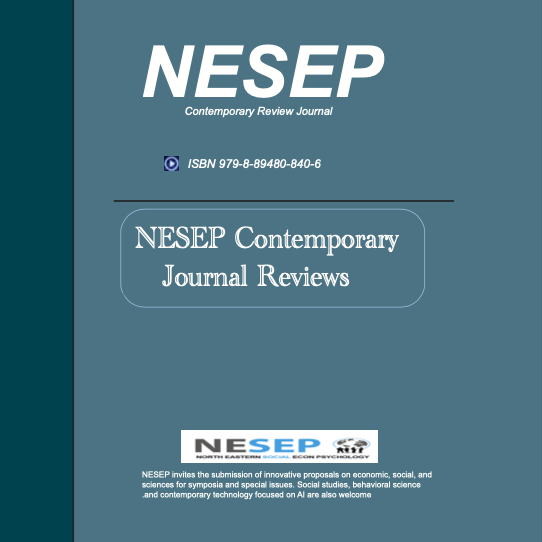Featured Issues
Below are compilations of selected work related to a contemporary matter area.

Palma, Spain. 6/30~7/2, 2025.
ISBN 2: 979-8-89480-848-2
Annual Conference
Publisher: NESEP
Analyzing Appropriate Shelters for Southeast Asian Refugee Camps: Comparative Look at the Hex House versus Bamboo Structures
Abstract: Emergency shelters are essential for meeting basic needs and upholding the dignity of displaced populations following catastrophic events. Utilizing sustainable materials and efficient construction methods adapted to local contexts is also important in creating safe and dignified living environments.
Millions of people in Southeast Asia face displacement due to natural disasters and political conflicts. Two innovative approaches to refugee housing in Southeast Asia are the Hex House developed by Architects for Society and bamboo structures designed by Agora Architects. By examining the strengths and limitations of each approach, key considerations for future shelter development in the region become apparent. The Hex House, developed by Architects for Society, represents a groundbreaking solution by rapidly deploying dwellings with a focus on cost-effectiveness, sustainability, and resilience. Its modular design allows for easy on-site transportation and assembly, promoting self-reliance and community integration. In Indonesia, where natural disasters are frequent, the Hex House shelter emerges as a promising solution, meeting essential criteria for post-disaster housing and offering hope for recovery and rebuilding. Similarly, Agora Architects addresses the need for temporary housing solutions for refugees arriving from the Burmese border by designing timber and bamboo huts. These low-cost and easy-to-assemble residences provide immediate relief to refugees while aligning with sustainability goals through the use of recycled materials. Overall, Agora Architects can effectively apply innovative approaches to not only meet the urgent housing needs of refugees but also contribute to sustainable architectural practices and community resilience in the Southeast Asian region using local materials.
Keywords: Emergency shelters, sustainability, displaced populations, refugee relief, structural design, sustainable material
References
-
Azril, A., Awaluddin, I., Irwansyah, M., & Idris, Y. (2022). Temporary residential design analysis type of hex house for disaster survival in Indonesia. International Journal of Social Science, Educational, Economics, Agriculture Research and Technology (IJSET), 2, 947-956. https://doi.org/10.54443/ijset.v2i1.104
-
Bingaman, M. (2023, June 20). Housing NOW: Revolutionizing Affordable Housing Solutions by Using Bamboo. Solve.com. https://solve.mit.edu/articles/housing-now-revolutionizing-affordable-housing-solutions-by-using-bamboo
-
Emergency shelter solutions and standards. (n.d.). Retrieved from https://emergency.unhcr.org/emergency-assistance/shelter-camp-and-settlement/shelter-and-housing/emergency-shelter-solutions-and-standards
-
Frearson, A. (2014, October 1). Teak and bamboo structures accommodate Burmese refugees in a Thai village. Dezeen. https://www.dezeen.com/2014/10/01/mae-tao-dormitories-thailand-agora-architects-temporary-accommodation-burmese-refugees-bamboo/
-
Geleff, J. (n.d.). Infrastructure in flight: 8 architectural designs imagined for migrant and refugee populations. Architizer. Retrieved from https://architizer.com/blog/inspiration/collections/architecture-for-refugees/
-
McKnight, J. (2016, April 14). Architects for Society designs low-cost hexagonal shelters for refugees. Dezeen. https://www.dezeen.com/2016/04/14/architects-for-society-low-cost-hexagonal-shelter-housing-refugees-crisis-humanitarian-architecture/